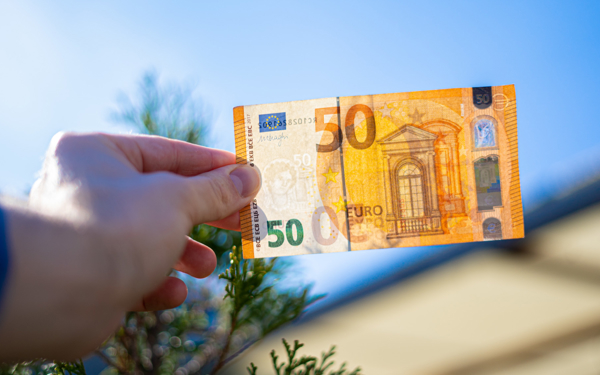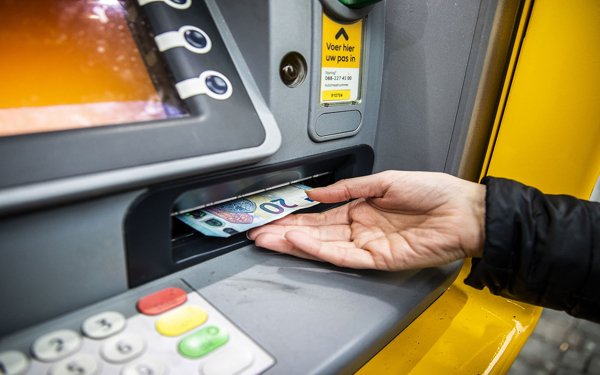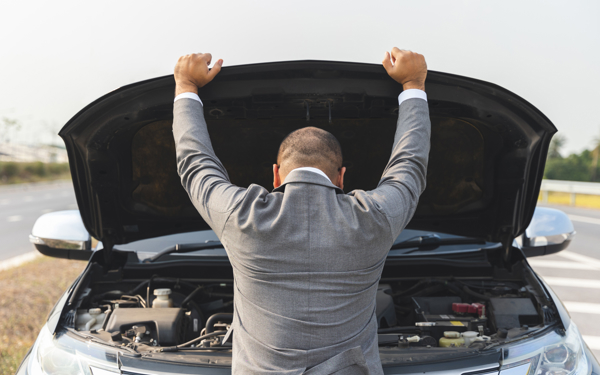On a personal level (i.e. for themselves), three quarters of people (74%) believe it is important that cash payments remain possible in shops and other public places. This is striking, because although Dutch people explicitly say that cash is important, 61% of respondents say they never, or rarely, use cash in shops any more. Among young adults (aged 18-29), this percentage is as high as 71%. This group also considers it less important for themselves to continue paying with cash (65% compared to the average of 74%). Still, a majority of Dutch people usually carry banknotes (68%) and coins (73%). This is less than in 2023, when 79% carried banknotes and 81% carried coins. Older people tend to carry banknotes and coins more often than young people.
Consistent with advice on cash for emergency situations
The National Forum on the Payment System (NFPS) also underlined the importance of cash in its recent advice to have some cash on hand to be prepared for emergencies. The advice is to keep €70 per adult and €30 per child in cash on hand, preferably in as many different coin and banknote denominations as possible
Also read: Cash in your emergency kit
Many Dutch people are already well on their way in this regard. This survey, conducted in February, showed that a majority of people (59%) already had cash at home to use in case of emergency. 79% of them had more than €70 in cash on hand for this purpose.
Higher denominations slightly more popular
The need for banknotes of the highest denominations (€100, €200 and €500) increased slightly compared to 2023 (see Table 1). This may have to do with the recent period of higher inflation. At the same time, lower denomination notes have traditionally been more popular than higher ones, but less so than two years ago. About three quarters of respondents expressed a need for €10, €20 and €50 banknotes for their own use.
Table 1. Do you need the following euro banknotes for your own, personal use?




